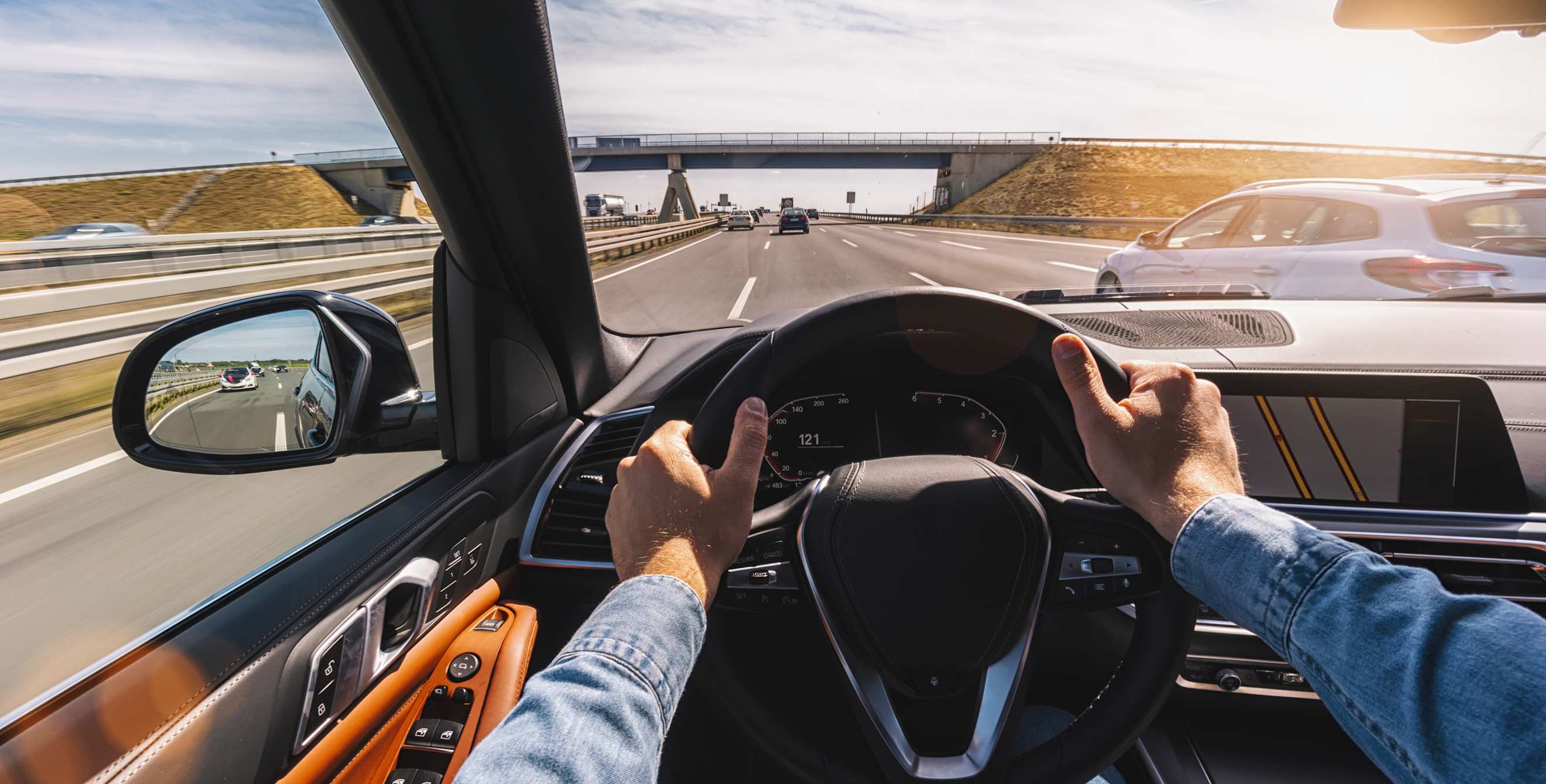
Don't Let Your Car Do the Driving (Yet)
Many of today's vehicles are smart enough to help you drive, but you still need to pay attention.

Cars are getting smarter these days: Thanks to advanced driver assistance systems (ADAS), some vehicles can brake for pedestrians, keep you in your lane, maintain a safe distance from the car in front of you, and more.
But according to research from the AAA Foundation for Traffic Safety, the more drivers use ADAS, the more likely they are to distract themselves with things like email and entertainment. Distracted driving is a problem even without ADAS but these technologies could make it worse.
"As drivers gain experience using ADAS technology, they can develop complacency behind the wheel," says Dr. David Yang, executive director of the AAA Foundation. "Over reliance on these systems can put drivers and others in danger."
Researchers at the AAA Foundation and the Virginia Tech Transportation Institute analyzed two groups of drivers who were using driver-assistance technology: those who already owned vehicles with ADAS (and therefore had more experience with it), and those who were new to it. The latter were given a vehicle equipped with ADAS to use for the four-week study period.
The researchers observed that drivers in the first group were more likely to do things like send texts or adjust the radio when their ADAS systems were turned on than when those systems were off. Drivers with less ADAS experience paid more attention to the road when the systems were engaged.
Those investigators theorize that drivers move through two phases when using ADAS technology. First there's a "novelty" stage, when first-timers learn and test the technology; they're less inclined to trust the systems, so they remain engaged. But drivers eventually move to an "experienced" phase, when they're more apt to take their attention off the act of driving.

AAA tests vehicle's ability to recognize and respond pedestrian simulations.
Limitations of ADAS Technology
“Vehicle safety systems rely on sensors and cameras to see road markings, other cars, pedestrians and roadway obstacles. So naturally, they are more vulnerable to environmental factors like rain,” said Greg Brannon, AAA’s director of automotive engineering and industry relations. “The reality is people aren’t always driving around in perfect, sunny weather so we must expand testing and take into consideration things people actually contend with in their day-to-day driving.”
Previous AAA testing of vehicle safety systems has shown that ADAS performance is greatly impacted by driving scenarios, road conditions, and vehicle design. In tests, vehicles with ADAS were found to:
- Struggle staying within a marked lane in moderate traffic, on curved roadways, and on streets with busy intersections.
- Fail to stop for pedestrians in common scenarios, such as crossing in front of a vehicle, a child darting out between two parked vehicles, or walking at night.
- Collide with a simulated disabled vehicle and come too close to other vehicles or guardrails.
“AAA recognizes these systems have the ability to lessen the chance of a crash and improve the overall safety of driving,” Brannon says. “Fine-tuning their performance and providing drivers with a more consistent experience will go a long way in unlocking their true potential.”

Ask about how the ADAS features work when shopping for a new or used car.
How to Optimize Vehicle Safety Systems
There are three good ways to avoid letting your smart car lull you into carelessness:
- Learn what ADAS technologies are installed in your car and how they work. If you're buying a new car, ask for a demo of those features. Otherwise, read the owner's manual to understand what those systems can and (most importantly) can't do.
- Always remain attentive when using ADAS technologies, even though it can seem as though the car is driving itself.
- Remember that driver-assistance systems have their limitations and that none can take the place of an alert, engaged driver.